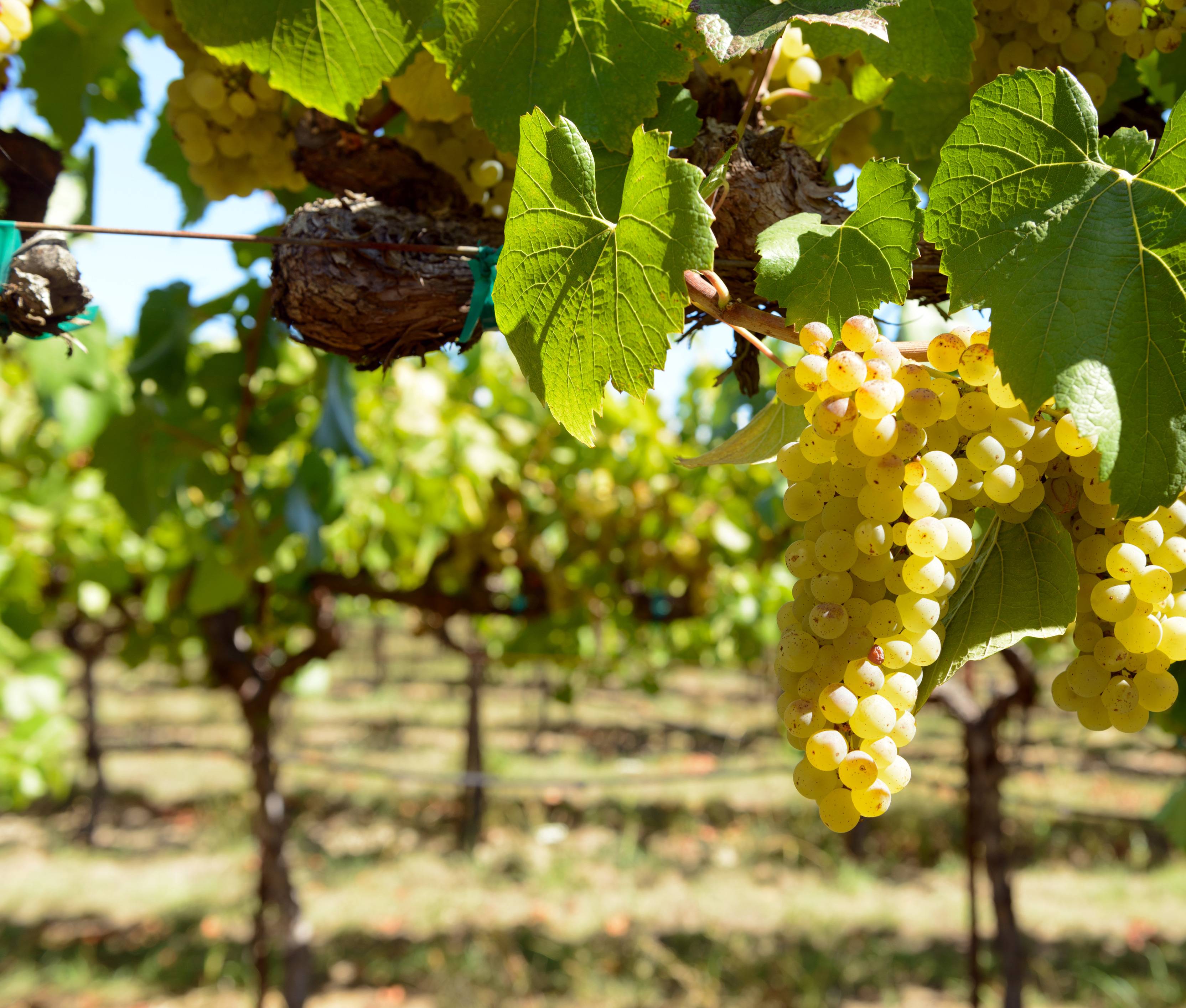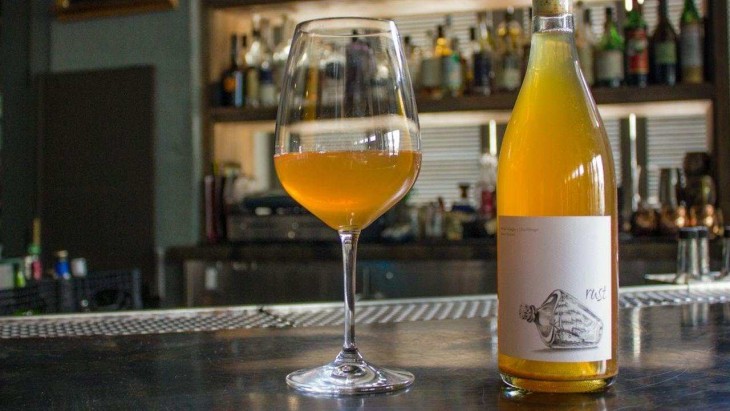Orange wines are the newcomer in the more hip wine circles. They’re not what you think, don’t taste like you’d expect, and are a constant topic of conversation in the wine world. If you haven’t tried one yet you should, but be warned that most bottles have a higher than normal price point. Start your education on orange wines here by reading about their history, how they’re made, and basic tasting expectations.
History
While orange wines are “new” they actually have their roots in ancient times. Whole bunches of white grapes were placed in clay vessels to ferment. The vessels were buried underground and then, depending on the geographic region, sweetened and flavored with things like spices and fruit. Examples of this are seen throughout European history, especially by the Caucasus. At some point the more familiar red and white wines took over the scene and claimed their stakes as the only colors for wine. Knowledge of orange wine ranks below that of rose, it’s cousin. Currently the Italians are bringing these back although they call them the more fitting name: amber wines. Many enterprising vineyards and winemakers are bringing back the style with its new twist to present a unique wine no one was expecting.
Process
Like rose, orange or amber wines are made by using the opposite winemaking technique from the color grape. Red wine grapes are crushed and left to macerate with the skins and seeds, giving them their unique color. White wines have the skins and seeds quickly removed for the lightest hue possible. To make a rose, red grapes are used and the skins are removed, thus the very light color. For orange wines, white grapes are used by maceration with the skins and seeds is much longer, giving the wines their brilliant hues that range from golden to butterscotch or even light brown.
Tasting Expectations
These wines have a taste all their own – taking the best of both worlds. The skins provide tannins and a full body red lovers seek, but the grapes have the crisp acidity of a white. Because the wine style is not yet established, there are no pairing standards. Sommeliers and chefs can take huge risks when pairing. While they pair beautifully with heavier red meat dishes traditionally paired with reds they will keep the palate fresher with their crispness and beautifully pair with a ligher vegetable and cream dish. The options are endless.
Stay tuned for more on these exciting new wines including our pairing suggestions and news for where you can find the best orange wines to explore. Already tried one? Tell us about it in the comments.


